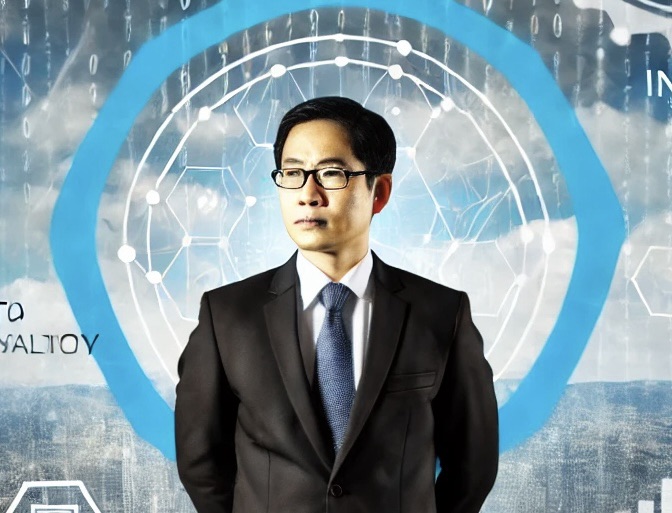
Overview
In today’s fast-paced digital landscape, CIOs face a constant challenge: how to structure their organization effectively to drive business value, ensure security, and innovate for the future. While each company’s IT needs may differ, a common approach many CIOs take is to organize their teams and priorities around core pillars.
Here is a simple CIO org structure based on an easy acronym: CDIGITS
- C – Cybersecurity
- D – Data
- I – Innovation / Strategy
- G – Governance
- I – Infrastructure / Architecture
- T – Transformation / Digital Acceleration
- S – Service Delivery / Support
Breakdown
C – Cybersecurity
No organization can thrive without a robust cybersecurity strategy. CIOs must prioritize protecting the enterprise from external and internal threats, ensuring data privacy and compliance with industry regulations. By having a dedicated focus on cybersecurity, CIOs can safeguard the organization’s assets and reduce risk.
D – Data
CIOs must ensure their organizations have the capability to capture, store, and analyze data effectively. A solid data strategy provides insights that drive decision-making, improve products, and streamline operations.
I – Innovation
Innovation keeps organizations ahead of the curve. CIOs need to foster a culture of experimentation and adaptation, leveraging emerging technologies like artificial intelligence, cloud computing, and IoT. By making innovation a core pillar, CIOs help their companies stay competitive and future-ready.
G – Governance
IT governance ensures that all IT resources and projects align with the overall business strategy. CIOs must implement structures and processes to ensure IT investments drive value, reduce risk, and maintain compliance. Clear governance also supports transparency and accountability in IT operations.
I – Infrastructure
Infrastructure is the backbone of any IT organization. Ensuring that systems are scalable, reliable, and secure is crucial for operational success. CIOs need to continually evaluate their infrastructure to support current demands while being flexible enough to grow with the business.
T – Transformation
Digital transformation is at the heart of today’s IT strategy. CIOs need to lead transformative efforts that adapt the business to evolving technology and customer needs. Whether it’s adopting new cloud solutions, implementing advanced analytics, or reshaping business processes, transformation is critical for long-term growth.
S – Service Delivery
At the end of the day, IT must deliver services that meet or exceed user expectations. Service delivery encompasses everything from maintaining system uptime to ensuring smooth IT operations across the enterprise. CIOs must focus on creating an efficient and effective service model that supports both internal and external customers.
Final Thoughts
For CIOs looking to future-proof their organization and lead in the digital age, a holistic approach is needed that covers everything from governance and security to innovation and service delivery, ensuring no aspect of IT management is overlooked.
By focusing on these key pillars, CIOs can lead their organizations to not only adapt but thrive in the constantly changing world of technology.